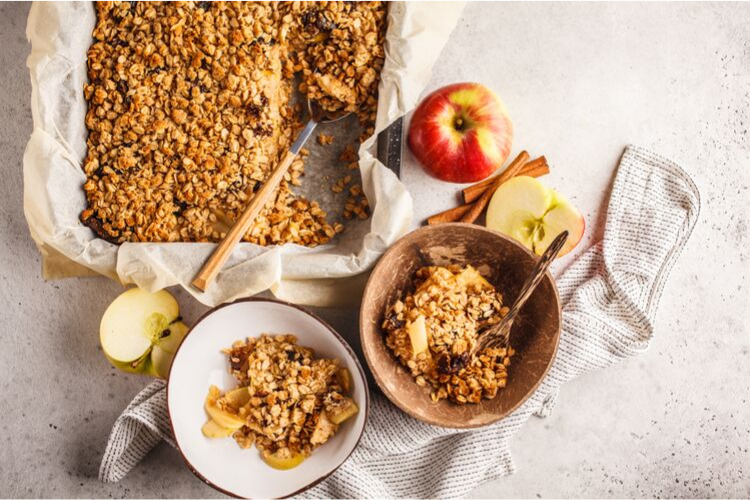
Recently, we've heard that sugar substitutes, often known as artificial or nonnutritive sweeteners, may encourage weight gain and may either induce or worsen diabetes. This might be one of those contradictory nutrition stories about what's good and bad for you. The argument about artificial sweeteners' safety has existed for decades.
The Food and Drug Administration (FDA) is in charge of determining whether artificial sweeteners are safe by putting them through rigorous premarket studies and an approval process. These studies cover topics like how a sweetener is absorbed, metabolized, and eliminated, what constitutes a reasonable intake, effects on nutritional status, and cancer-causing potential. There is no conclusive proof that any of the artificial sweeteners authorized for use in the United States cause cancer or other major health issues in people. The approval procedure in other nations supports FDA.
Artificial sweeteners may reduce beneficial gut microorganisms that aid in proper food digestion, according to studies on mice and a small number of humans. This can change how the body uses glucose, which might cause weight gain and eventually type 2 diabetes. The impact of the gut microbes cannot be determined until more thorough research is done. It is difficult to blame artificial sweeteners for someone's weight because there are so many other factors that play a role.
Artificial sweeteners don't always make people want more sweets. Sugar has a more potent and gratifying effect on the brain's reward pathway than sweeteners, according to animal research. Since sweeteners don't raise blood sugar levels, they are safe for diabetics to use. Additionally, they do not support tooth growth.
A Primer on Artificial Sweeteners
Saccharin – Sweet ‘’Low or Sugar Twin is 200 to 700 times sweeter than sugar, but in large amounts can have a bitter aftertaste. It is heat stable and can be used in baking, cooking and canning although it is best to include some sugar which is necessary for texture and volume.
Aspartame – Equal, Nutrasweet or Sugar Twin is 200 times sweeter than sugar, but not heat stable. It is sometimes combined with saccharin, especially in soft drinks, and is used to sweeten puddings, topping and sugar-free dairy products like yogurt.
Acesulfame – Sunett or Sweet One is 200 times sweeter than sugar and is heat stable and is found in baked goods, frozen desserts, candies and beverages.
Sucralose – Splenda: This sweetener is 600 times sweeter than sugar and is heat stable making it great for baking and is available in a brown sugar version. One cup is 48 calories.
Neotame is a new generation of sweeteners used in food manufacturing especially in beverages, baked goods, dairy products and chewing gum. Because it is 7,000 to 13,000 times sweeter than sugar, it may replace more traditionally used sweeteners in food production. http://zeeshanriaz399.rf.gd/2022/12/31/elementor-201/
Stevia is a natural substance found in the stevia leaf called rebaudioside. It is 200 times sweeter than sugar and in combination works well for home baking. Brands include Truvia, Pure Via, Sweetleaf, Stevia in the Raw. Check those websites for more information and recipes.

Recipe Tip
Cinnamon Oatmeal Apple Crisp Recipe from Splenda
2 cups granny smith apples, peeled and diced, 1 tablespoon melted butter or margarine, 14 cup Bisquik Heart Smart Baking Mix, 1/2 cup (dry) oats, 1/8 teaspoon salt, and 6 packets of Splenda Naturals Stevia Sweetener, divided.
turn the oven on to 350 degrees. Combine apples, 1/2 teaspoon cinnamon, and 3 Splenda packets in a bowl. Place aside.
Combine remaining Splenda packets, cinnamon, baking powder, oats, salt, and melted butter. Apples should be divided among two baking dishes. Add the oatmeal mixture on top. Bake apples for 35 to 40 minutes, or until tender. 2 servings
No comments:
Post a Comment
if You Have Any Doubit.Please let me know